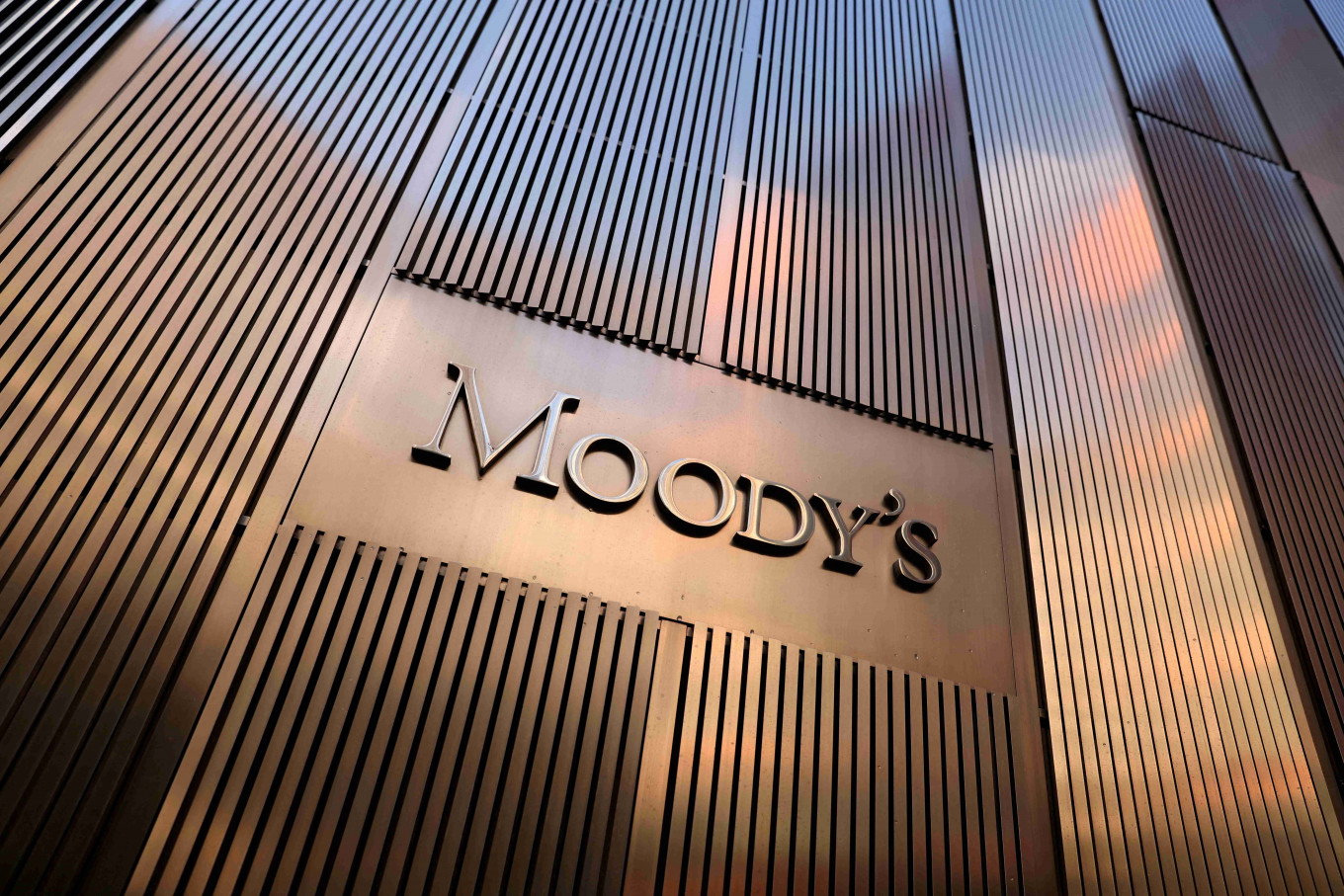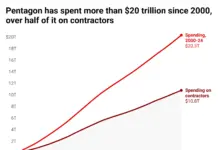by Wolf Richter,
US government kisses its last triple-A credit rating goodbye. Downgrade to “junk” would have been more appropriate?
The US government lost its last remaining triple-A credit rating late Friday, as Moody’s finally, after more than a decade of dithering, downgraded the government to Aa1, one notch below the top credit rating of Aaa.
The downgrade “reflects the increase over more than a decade in government debt and interest payment ratios to levels that are significantly higher than similarly rated sovereigns,” Moody’s said in the announcement.
And it added:
“Successive US administrations and Congress have failed to agree on measures to reverse the trend of large annual fiscal deficits and growing interest costs. We do not believe that material multi-year reductions in mandatory spending and deficits will result from current fiscal proposals under consideration.”
And it warned:
“Persistent, large fiscal deficits will drive the government’s debt and interest burden higher. The US’ fiscal performance is likely to deteriorate relative to its own past and compared to other highly-rated sovereigns.”
It expects the federal deficits to reach “nearly 9% of GDP by 2035, up from 6.4% in 2024.”
Moody’s was the last of the three major US credit ratings agencies to cut the US government credit rating, years behind:
- In 2011, S&P Global Ratings downgraded the US one notch to AA+
- In 2023, Fitch Ratings downgraded the US one notch to AA+.
While reading Moody’s “ratings rationale,” one gets the impression that the US government should have been cut to a “junk” credit rating, maybe to a mid-level junk rating such as Ba3, to allow for some wriggle room either way (here is my cheat sheet for bond credit ratings by ratings agency
Not that these downgrades make a lot – or any – difference. For example. Moody’s rates Japan A1, that’s four notches below triple-A and three notches below the new and improved US credit rating, and so what. Nothing happened.
The problem arises when inflation comes along and the bond market gets spooked, and if the central bank tries to bail out the borrower, such as the Fed trying to bail out the US government, with bond purchases (QE) and interest-rate repression, while inflation is taking off, it could cause inflation to go completely out of control and spiral into the triple digits, such as it has done in Argentina and many other countries, by which time the own currency becomes kind of useless. Everyone knows this. So this is likely not going to be experimented with in the US.
Upon the news, the 10-year Treasury yield spiked in late trading all the way to high heaven, by something like, wait for it, 4 basis points, to a whopping 4.48%, about halfway back where it had been … yesterday.
It’s not until the bond market scares the bejesus out of Congress and the Administration that they will do anything serious about reducing the deficits.
Source: https://wolfstreet.com
Disclaimer: We at Prepare for Change (PFC) bring you information that is not offered by the mainstream news, and therefore may seem controversial. The opinions, views, statements, and/or information we present are not necessarily promoted, endorsed, espoused, or agreed to by Prepare for Change, its leadership Council, members, those who work with PFC, or those who read its content. However, they are hopefully provocative. Please use discernment! Use logical thinking, your own intuition and your own connection with Source, Spirit and Natural Laws to help you determine what is true and what is not. By sharing information and seeding dialogue, it is our goal to raise consciousness and awareness of higher truths to free us from enslavement of the matrix in this material realm.
 EN
EN FR
FR


























